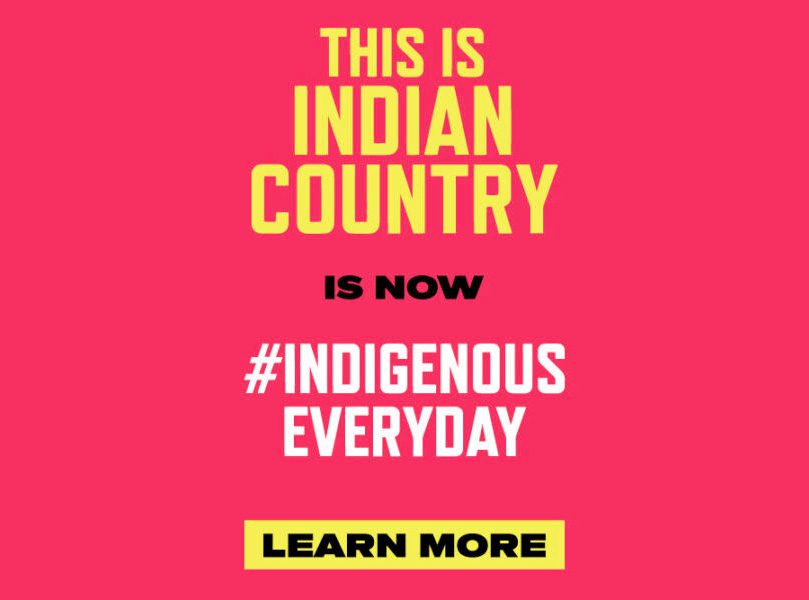#IndigenousEveryDay
Stories
Donate
As the world evolves, so does our perspective—and how we represent ourselves. We’re excited to introduce a more expansive approach to sharing what it means to be Native in today’s world. And while our deep connection and commitment to the land remains, we are also telling stories of who we are becoming. Indigenous Every Day is a space to explore the richness of Native life today.
LETS GET STARTED

We Defy The Storm
Defy the Storm is grounded in Native American culture and reflects the tradition of following the buffalos’ lead, as they run into the arrows of their adversaries instead of running away from them. From an early age, we are taught fearlessness and resilience, so when challenges confront us, we do not run away.
WE RUN INTO IT—WE DEFY IT.
Your Title Goes Here
Your content goes here. Edit or remove this text inline or in the module Content settings. You can also style every aspect of this content in the module Design settings and even apply custom CSS to this text in the module Advanced settings.
Read More
Right now, a storm is brewing before us. Our Native culture, language, education, health services, food and housing access and security, and much more – are being threatened by the reduction in both financial and cultural support. Proposed deep federal funding cuts affecting Native communities and education will eliminate important and time-sensitive opportunities for our growth and sustainability.
This “storm” of activity symbolizes both the historical and ongoing erasure of Native people and culture by the federal government’s failure to honor treaty commitments and trust obligations, impacting the ability of Native people to survive and thrive. But we aren’t going to allow this storm to overtake us.
In recent years, as investment in Indian Country had increased, tribal nations, communities, and people could successfully build strength and self-determination – and Native people have been seen and heard. Yet today, all the progress we’ve made is being threatened by federal funding cuts in education, healthcare, agriculture, science, and treaty/trust obligations – creating a storm unlike any we’ve seen in recent years. You can help us defy this ‘storm’ and continue building and bolstering thriving, self-sustaining people and communities, not just Indian Country, but our entire country. Let’s confront these challenges together, like our buffalo relatives. #IndigenousEveryDay
REAL PEOPLE. REAL STORIES. REAL ISSUES.

Promise
Yankton Sioux Tribe & Santee Sioux Nation
Learn More
